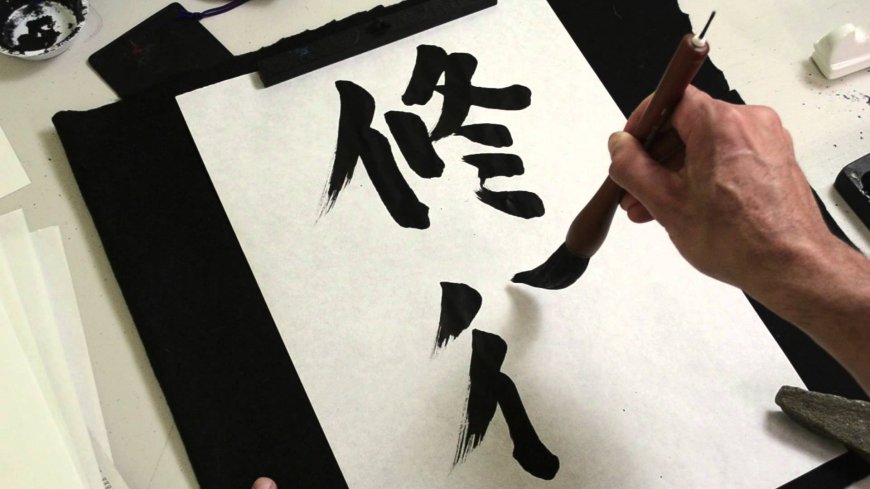History of Japanese Calligraphy
Shodō (書道 _ calligraphy, ), or simply put, the art of beautiful handwriting, the art of calligraphy was introduced to Japan from China quite early.

Shodō (書道 _ calligraphy, ), or to put it simply, the art of beautiful handwriting, the art of calligraphy was introduced to Japan from China quite early, but it was not until 749 with the tanka Soukou Shujitsu that it was not until 749. Japanese law has achieved its own style.
Japanese calligraphy uses a traditional grinding stone to grind ink and water. A brush dedicated to calligraphy and several tools used to create a modern calligraphic work.
The four most basic tools are collectively known as the Four Treasures of Calligraphy (文房四宝bunbō shihō).
A brush (筆fude)
A black ink cartridge (墨sumi)
Japanese paper ( washi )
Ink grinder (硯suzuri) for grinding, mixing with water.
Other tools include:
– Examination table (文 bunchin) to hold the paper in place
– A cloth (下 敷shitajiki) placed under the paper (usually newsprint is also used) to prevent ink from flowing out.
– A seal (印in). The art of carving a seal is called “tenkoku” 篆刻. Students are encouraged to carve their own stamp. The placement of the seal is based on aesthetic preference.
During the preparation process, water is poured into the top of the ink jar and the ink grinder is used to grind the ink, and the water is mixed with the dried ink to dry it. Since this is a time-consuming process, beginners today regularly use a bottle of liquid ink called Bokuju (墨汁bokujū). Many advanced students are encouraged to grind their own ink. Paper is usually placed on a table, while a large piece of paper can be placed on the floor or even on the ground (usually during performances).
Pen tips come in many shapes and sizes, and are often made of animal hair. Typical animal hair may come from goats, sheep, or horses. Handles can be made from wood, bamboo, plastic or other materials.
The Hōryū-ji Temple also holds calligraphy notes, the Hokke Gisho (法華義疏) was written in the early 7th century and is considered the oldest Japanese text. It is written in cursive and illustrates that writing in the Asuka period was highly refined.
--------------------------
Injavi.com - Visit in Japan

























































































